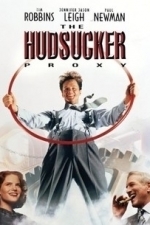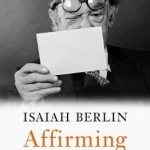
Affirming: Letters 1975-1997
Book
"IB was one of the great affirmers of our time." (John Banville, New York Review of Books). The...
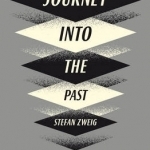
Journey into the Past
Anthea Bell, Stefan Zweig and David Pearson
Book
Stefan's Zweig's posthumously-published Journey into the Past (Widerstand der Wirklichkeit) is a...
BankofMarquis (1832 KP) rated The Hudsucker Proxy (1994) in Movies
Sep 25, 2020
Terrific, well-known films: FARGO, NO COUNTRY FOR OLD MEN, THE BIG LEBOWSKI
Terrible, overly-indulgent films: HAIL CAESAR, A SERIOUS MAN, BURN AFTER READING
Under-rated gems: BARTON FINK, MILLER'S CROSSING, THE BALLAD OF BUSTER SCRUGGS
And this film, the 1994 homage to 1940's fast-talking comedies THE HUDSUCKER PROXY.
Set in the business world, THE HUDSUCKER PROXY tells the tale of a young, ambitious corporate ladder climber who is taken under the thumb of a conniving business exec who wants to use the young man as a patsy for the business.
Tim Robbins stars as the young, ambitious Norville Barnes who's "gee shucks" demeanor and the faithful belief in those around him anchors this film in a common decency that Robbins exudes in spades. Countering Robbins is a crafty film veteran - Paul Newman as evil, corrupt Corporate Executive Sidney J. Mussburger. Newman was winding down his career at this point, so must have seen something in the script that caught his eye, for Newman has a spark and a spring in his step that shows that the old man "still has it". He plays off of Robbins well and it is a joy to watch this veteran actor work. Equally interesting in this film is Jennifer Jason Leigh who channels her inner Rosalind Russell as fast-talking, hard-pushing reporter (and erstwhile girlfriend of Barnes), Amy Archer.
But this being a Coen Brothers film, this movie is just as strongly about the atmosphere and the dialogue as it is the characters - and what an atmosphere they create. Delivering a strong "1940's Art Deco meets Techno-Punk" theme, the Coens deliver a visually interesting world that is incorporated with intriguing characters.
In other words - it's a Coen Brothers comedy - and one that is well done.
To tell more about the story is to spoil the picture, but realize that this film is well made, well scripted and well acted (if a little slight on story). It is a very entertaining way to spend a few hours.
Letter Grade: A-
8 stars (out of 10) and you can take that to the Bank(ofMarquis)

Zinio - The World's Magazine Newsstand
News and Magazines & Newspapers
App
Browse over 6,000+ digital magazines in the world's largest newsstand or read fresh articles daily...

Frax HD - The First Realtime Immersive Fractals
Entertainment and Photo & Video
App
*** 50% Off for a Limited Time!! *** ** Macworld Editors' Choice Award Winner! ** Stephen Fry:...

Puzzli - Incredible Puzzle Fun
Games and Entertainment
App
Over 3300 incredibly entertaining puzzles. Discover fascinating facts about the world while playing....
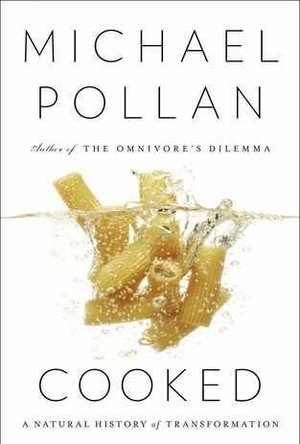
Cooked
Book
In Cooked, Michael Pollan explores the previously uncharted territory of his own kitchen. Here, he...
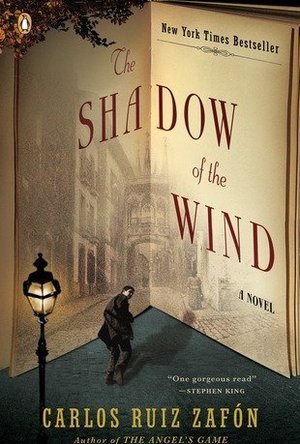
Shadows of the Wind
Book
The international literary sensation, about a boy's quest through the secrets and shadows of postwar...

Fantastiqa
Tabletop Game
Welcome to the wild, weird world of FANTASTIQA! Fantastiqa is a deck-building board game set in a...
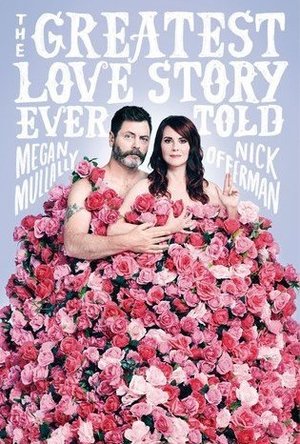
The Greatest Love Story Ever Told
Nick Offerman and Megan Mullally
Book
At last, the full story behind Megan Mullally and Nick Offerman's epic romance, including stories,...
memoir biography celebrity
